Last time around I shared one of my favorite gaming memories of all-time: seeing (and being blown away by) the Killer Instinct arcade game for the very first time back in 1994.
I didn’t play Killer Instinct as much as I would have liked in the arcade but the initial experience was enough to enamor me with the game’s combo-abundant playstyle, gritty-cool ambiance, cutting-edge computer rendered graphics and of course the intriguing cast of characters. When Rare, by some engineering miracle was able to port Killer Instinct to the 16-bit SNES (and even more miraculously, the Game Boy) a year later in 1995, I begged my parents to buy me a copy. And that’s when I familiarized myself with what would soon become one of my most beloved casts of fighting game characters ever.
Here’s a look back at all the fighters from 1994’s Killer Instinct.
Spinal
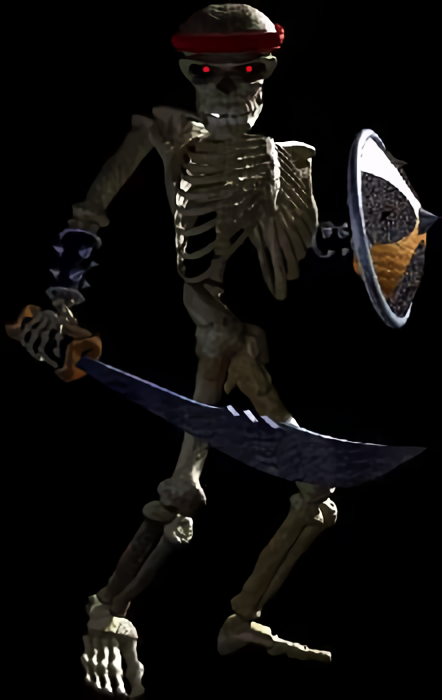
It’s 1994. You’re ten years old. There’s a giant, red-eyed, sinister-looking reanimated pirate skeleton wielding a cutlass sword and a buckler shield on the side of the new Killer Instinct arcade machine.
What do you do?
You play Killer Instinct. And you pick Spinal.
Back in the day, it was easy to see why Spinal was such a homerun of a character but as an adult three decades later, it’s equal parts surprising, interesting and satisfying that Spinal remains one of the game’s most iconic characters to this day; before Killer Instinct there weren’t many fighting games or games in general where you could control undead characters or monsters (the only other ones that come to mind that were around at the time were Capcom’s Darkstalkers and SNK’s King of Monsters on the Neo Geo).
You could fight against zombies and skeletons and undead creatures — but taking control of one was nearly unheard of.
In fact, Spinal is the first undead character you could control in a Nintendo game ever, stemming from the different cultural and religious beliefs and taboos surrounding depictions of death, spirits and the undead in Asian countries like Japan (where Nintendo is headquartered). Undead depictions in video games in Asian countries like Japan, Korea and China are associated with bad luck, unrested souls, or disrespect to the dead – especially if portrayed as comical, violent, or controllable. Given this information, it’s pretty easy to see why Nintendo never went ahead with a playable character like Spinal before.
The inspiration behind Spinal’s character is interesting, particularly for fans of classic movies. In a Rare Replay interview, Killer Instinct character developer and artist Kevin Bayliss explained that the name for Spinal’s character in one of the earliest builds for the game (when it was still known as Brute Force instead of Killer Instinct) was Argos.
While the name Argos is associated with many figures in ancient mythology, more specifically, Killer Instinct’s Argos was derived from 1963 fantasy adventure film Jason and the Argonauts. The film features an iconic scene where the hero Jason and his crewmates take on a group of reanimated skeletons, whose stop-animated depiction by industry legend Ray Harryhausen were groundbreaking at the time and still hold up pretty well in the present.
In-game, Spinal’s backstory is more enigmatic. Ultratech, the megacorporation behind the Killer Instinct tournament, “has succeeded in reviving an ancient warrior. With only the vaguest memories of his past life, Spinal knows how to do only one thing: fight!”
Like many of the fighters in Killer Instinct, Spinal is a love letter to movie monsters. Although his inspiration is drawn from an evil minion, his distinctive appearance, the fact that he was featured prominently in the game’s marketing and – of course – his maniacal laugh have ensured that he remains one of the most popular and easily identifiable characters in the game even today.
Fulgore
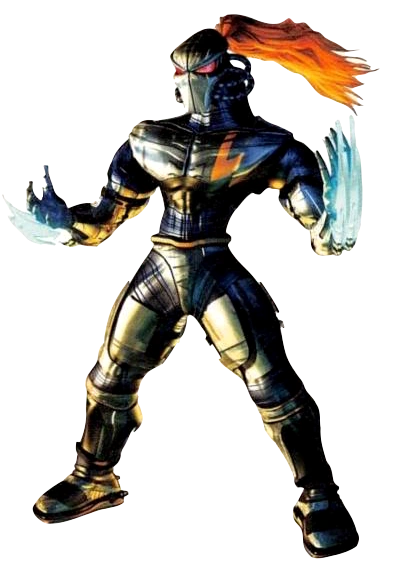
If Spinal is a love letter to 1962’s Jason and the Argonauts, then Fulgore is a fusion of two of the most popular sci-fi/action movie villains from the late 1980s: Terminator and Predator.
Fulgore has the chrome-plated, steel-colored endoskeleton and glowing red eyes of the T-800 Terminator, a relentless killing machine from the future and the bio-mask, razor-sharp wrist blades, auto-tracking laser beams and cloaking ability of the Predator, a hunter from another world who travels the galaxy in search of the worthiest prey.
Much like the T-800 model was a prototype for the Terminator cyborgs, Fulgore in Killer Instinct is a test model as well, designated as the Mark 01 model. Ultratech, the megacorporation behind the Killer Instinct tournament, developed Fulgore as a cybernetic soldier, and entered him into the tourney as a test of its combat capabilities.
According to Fulgore’s official backstory, “Dark rumours abound as to where the prototype’s human parts originated – the kind of rumours nobody dares voice. The rumors say the human parts originated from a human organ harvesting operation based in Moscow.”
Despite this dark origin story, combining the Terminator and Predator into one fighting game character was the equivalent of the ‘92 Dream Team combining into one basketball player for 10-year-old me and one of the biggest reasons I was instantly drawn to Fulgore as a Killer Instinct fighter.
Coming from Street Fighter II and Mortal Kombat, Fulgore was also one of the easiest fighters from Killer Instinct to pick up and play; his Plasma Slice is a Dragon Uppercut in both appearance and controller input and the same applies to Laser Storm, an energy bolt equivalent of a Hadouken. Fulgore’s Laster Storm, which could shoot a total of three energy bolts, looked especially cool chained to the end of a combo.
Orchid
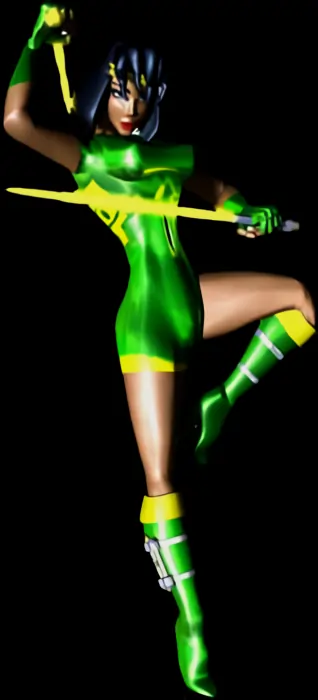
In the ‘90s, a fighting game wasn’t a fighting game without a well-endowed female protagonist. In Killer Instinct, that category is filled out in a bright green leotard by Black Orchid.
Rare and Nintendo were not discreet in eroticizing Orchid, from the words “HOT” in bright neon yellow letters on either side of her shorts to her Danger Move, which saw her unzip her top and flash her breasts (which gave her opponent a heart attack and killed them).
Admittedly, Orchid’s objectification was par for the course in fighting games in a time period when Nintendo was trying to shake its “just for kids” image, with Killer Instinct being one such proponent of their new, edgy “Play it Loud” mantra.
Notwithstanding, Orchid had more going for her than just generously-proportioned, pre-rendered looks. She wielded a pair of yellow escrima sticks that lit up like glowsticks as she battered her opponents with them; she had a signature handstand kick attack that would’ve made Chun-Li envious called the Flik Flack and she even had a special move where she morphed into a glowing, yellow Fire Cat to pounce on her enemies.
In addition, Orchid had a mysterious backstory. All that’s known about her is that she’s a secret agent who entered the Killer Instinct tournament with the intent of uncovering the truth behind Ultratech and all the mysterious disappearances stemming from their involvement with the tourney.
Jago
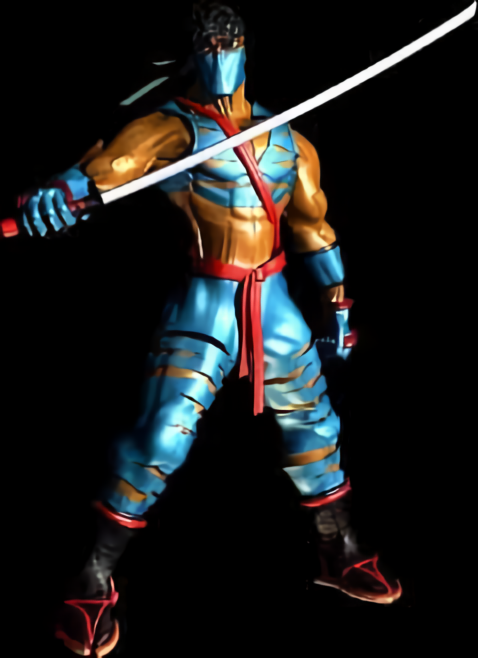
If Black Orchid was the ‘90s fighting game “sexy female fighter” archetype then Jago was the ‘90s fighting game Ryu clone or the “shoto”.
Rare and Nintendo didn’t pull any punches with Jago in the imitation department – they pretty much took Ryu as he was from Street Fighter II, made him a shirtless ninja and transported him into Killer Instinct. Jago’s special moveset is the most obvious imitative culprit, with his three base special moves being exactly like Ryu’s – his leaping uppercut, Tiger Fury (Ryu’s Dragon Punch), his flying roundhouse kick, the Wind Kick (Ryu’s Hurricane Kick) and especially his fireball projectile, the Endokuken (how this move wasn’t a copyright infringement on Ryu’s Hadoken still baffles me to this day).
Despite the fact that Jago wasn’t a very original character, he’s still a solid one and it’s easy to see why Rare made him the way they did. If the logic behind making Jago so similar to Ryu from Street Fighter II was so that fighting game fans coming from that game to Killer Instinct would give Jago a try right away so they had a character they were already somewhat familiarized with in terms of looks and moveset, well, mission accomplished.
Jago’s backstory is at least a little different from Ryu’s. Abandoned as a baby at a Himalayan monastery, Jago was taken in by the Monks of the Tiger and through their ancient tutelage and his inherent attunement to the Tiger Spirit, quickly became their most powerful pupil ever.
If being empowered by a tiger spirit sounds kind of similar to Black Orchid being able to transform into a giant fire cat during battle, interestingly enough in Killer Instinct 2 it’s revealed that Jago and Black Orchid are actually long-lost siblings separated at birth, which explains that particular similarity in their powers.
Cinder
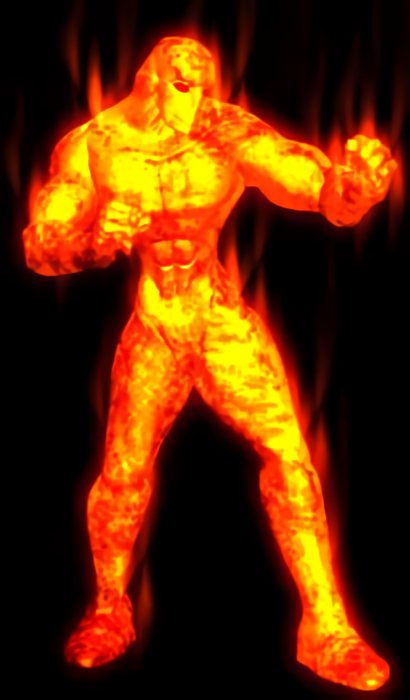
Cinder was one of those fighters in Killer Instinct who quickly became one of my favorites.
First and foremost, his design was absolute fire. Literally.
He also had a slick moveset to match his fiery motif, with special moves like Trailblazer, which made him dash forward as a fireball; Fireflash, a flip kick which was similar to Guile from Street Fighter II’s iconic Flash Kick and could be used to juggle opponents in mid-air; Inferno, a move where Cinder would hold out his palm and emit a lashing rope of flame (while shouting “Infernoooo” in his distinctive fire-garbled voice). Cinder also had two interesting support moves in Mirage, where his orange-red body dimmed in color and made him immune to projectile attacks and Heatsink, a move where he turned invisible.
Despite looking like a pre-rendered version of the Human Torch however, Cinder’s backstory is anything but heroic – much like a majority of the other fighters in Killer Instinct, it’s downright tragic.
That’s because Cinder was given his fire-based powers and looks against his will. Formerly known as Ben Ferris, Cinder was “a small-time criminal with counts of assault, breaking and entering and arson on his record.”
Ultratech bought Ferris out of prison and experimented on him. After using him as a human guinea pig in their “failed chemical weapons development” tests, Ferris was transformed with “an unexpected side-effect leaving him consumed by fire but somehow, much to his own horror, still alive. He [was] kept confined in a top-security block until Ultratech decided to enter him into the tournament under the codename Cinder.”
Like the shady megacorporation they are, Ultratech promises Cinder that they’ll grant him his freedom on one condition: that he eliminates the next fighter on the list from the Killer Instinct tournament.
Glacius
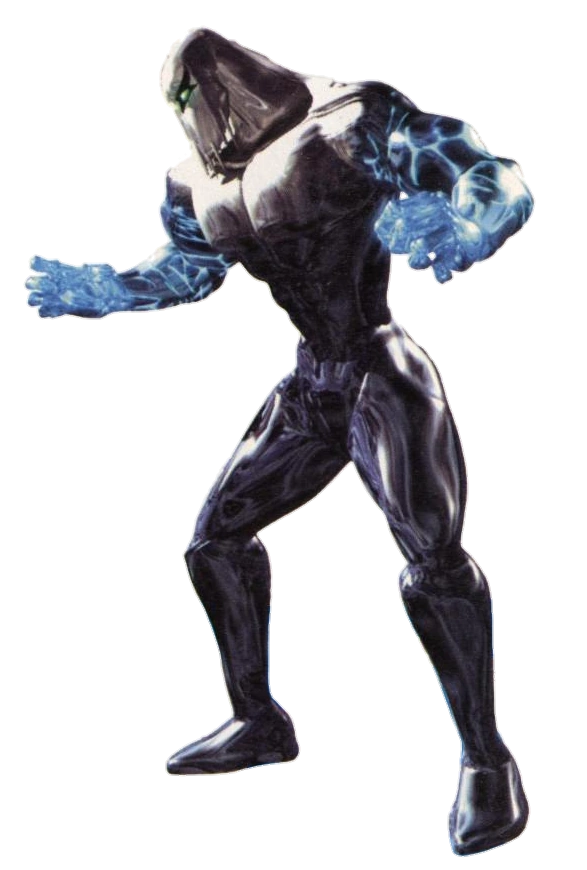
Years before I’d ever hear of George R.R. Martin or Game of Thrones, my songs of ice and fire were Sub-Zero vs Scorpion in Mortal Kombat and then Glacius vs. Cinder in Killer Instinct.
You figure as fellow humans it’d be easy to side with Cinder instead of Glacius, the latter of whom is a hulking, shapeshifting ice alien but it’s surprisingly not so straightforward; while it’s true Cinder only looks like the Human Torch because shady, scumbag corporation Ultratech treated him like a lab animal, Glacius isn’t one of those evil, “take over the Earth after I blend in among the humans” aliens like the Skrulls from the Marvel Cinematic Universe or anything (for the dozens of you that watched Secret Wars on Disney+).
Glacius’ only crime in his Killer Instinct backstory is curiosity. In his search for other life in the universe, he flew his spaceship too close to Earth’s gravitational field, got sucked in and crash landed.
Surely upon finding Glacius, the curious extraterrestrial who flew too close to Earth, Ultratech’s agents pranced around, sang some songs about building snowmen, helped him find the necessary components scattered about to rebuild his ship and sent him on his merry way, right?
Nope. Not surprisingly, Ultratech absconded with Glacius into their shady, scumbag science wing for “testing” and forced him against his will gladiatorial style into the Killer Instinct tournament to fight Cinder to the death – a song of ice and fire.
Curious or not, Glacius, the giant ice alien built like an iceberg brickhouse isn’t exactly helpless. Besides looking like a stone-cold, arctic-blue-eyed juggernaut, Glacius can transform his hands into gigantic ice lances, pound the ground to emit wintry shockwaves and even liquidize into a puddle and uppercut his opponent from across the screen.
T.J. Combo
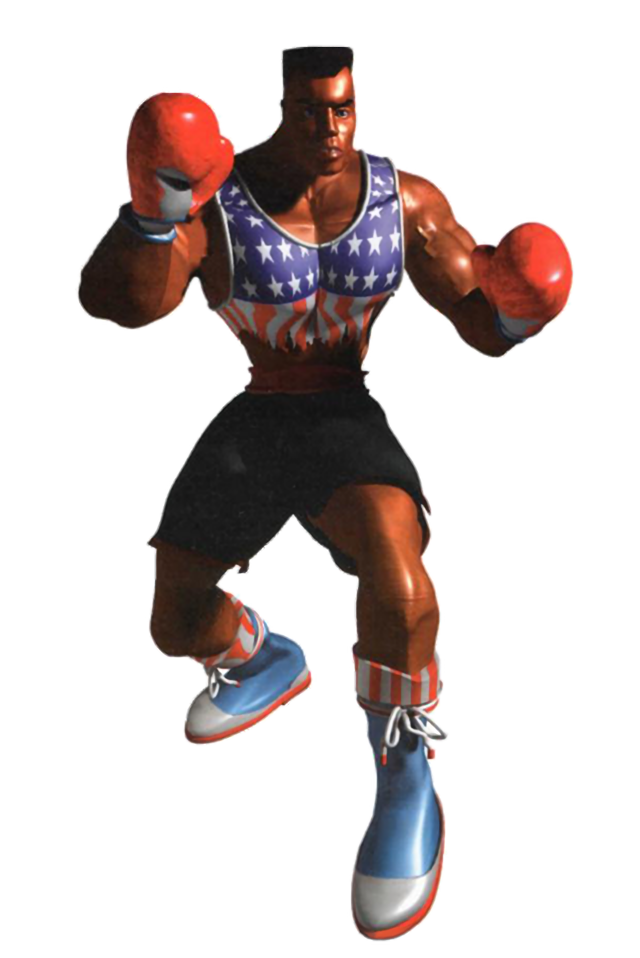
Another staple of ‘90s fighting games alongside Black Orchid’s busty femme fatale and Jago’s “best impression of Ryu from Street Fighter II” was the musclebound boxer who resembled Mike Tyson.
I’ve been a fan of the sweet science since I was little, watching the likes of Tyson, Evander Holyfield, Gerry Cooney, Tommy Morrison, Riddick Bowe, 40-year-old George Foreman on his comeback run, Lennox Lewis and Roy Jones Jr. on the couch next to my father whenever a big fight took place.
Over the years I’ve followed the careers of Manny Pacquiao, Mayweather, Canelo, Errol Spence Jr, Anthony Joshua, Usyk and Tyson Fury. I love watching boxing.
For whatever reason though I don’t love playing as boxers in fighting games. Is it that the boxing experience, with its combination of head movement, rhythmic footwork, dodging and variety of punches hasn’t been adequately-enough translated to a fighting game? Is it that boxers just aren’t my vibe when there are also laser-shooting cyborgs, werewolves and reanimated skeletons from which to choose?
Whatever the reason, that gives you a pretty good idea of how I felt about T.J. Combo as one of the fighters in Killer Instinct back in 1994.
Over the years, Combo has grown on me because of his backstory, which sees him cheating his way to the championship in professional boxing from his secretly-implanted bionic arms (courtesy of Ultratech) and the resulting scandal; the flashiness of his rushdown combos and the fact that he’s endured as a staple character in the franchise since its inception.
Sabrewulf
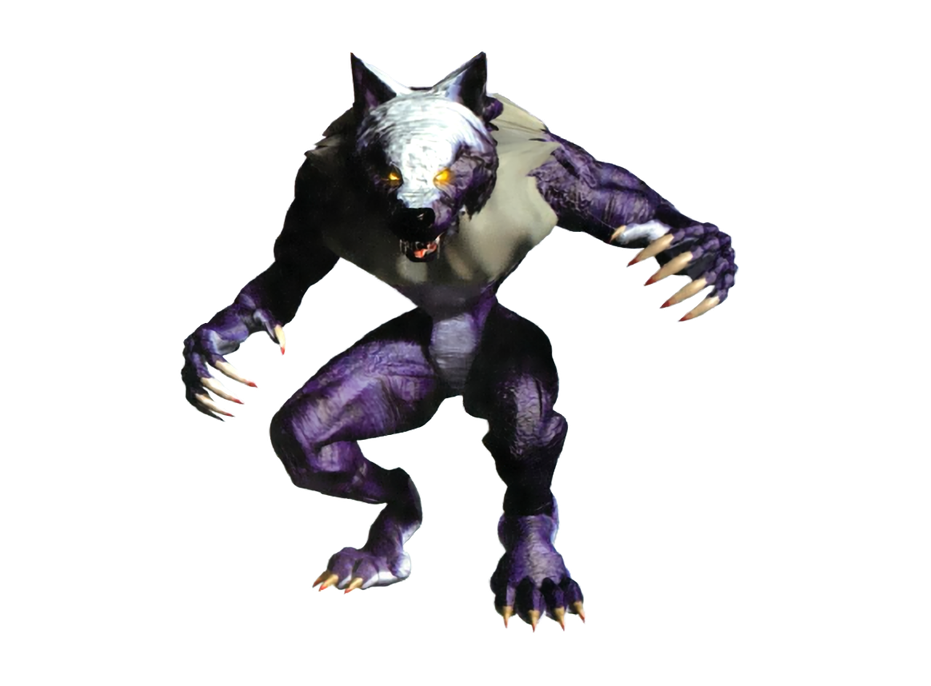
‘90s fighting game fans who loved Blanka in Street Fighter II were probably overjoyed when Killer Instinct came out.
Blanka was the most different, unique-looking, monstrous character in Street Fighter II and when Killer Instinct came along it featured a horde of monstrous characters to play with who were every bit as .
Alongside Spinal, the most iconic of these monstrous fighters in Killer Instinct was Sabrewulf, the hunched-over, savage-looking, 400-pound lycanthrope who resided in an elusive mansion (the theme song for the mansion absolutely slapped). Sabrewulf enters the Killer Instinct tournament when Ultratech promises that they have a cure for his lycanthropy, which even 11-year-old me could have told you was the biggest double-cross in history waiting to happen.
Sabrewulf was an awesome fighter in Killer Instinct even if I was awful with him because his moveset matched his downright ferocious appearance. Sabrewulf hunched over on all fours and howled as he delivered his trademark Sabre-Pounce; spun around with his arms outstretched and his claws ripping slashmarks all over the screen for his Sabre-Spin; could fire projectile bats and of course, could Howl to charge up his strength and attack speed (and taunt his opponent at the same time).
Riptor
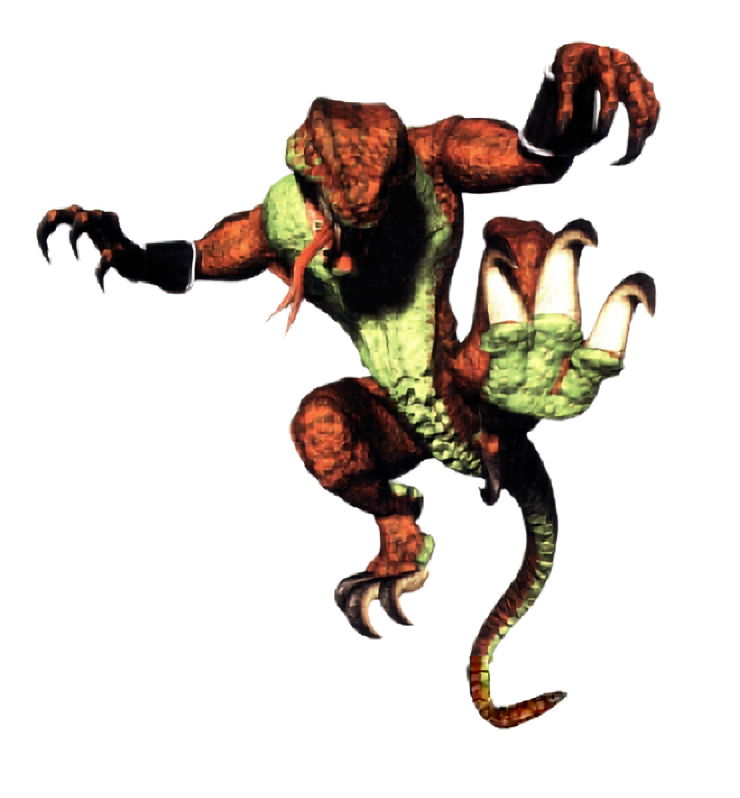
Another monstrous fighter in Killer Instinct was Riptor, the 7-foot-tall, 700 pound anthropomorphic velociraptor formed by – what else – Ultratech messing around by mixing together human and reptile DNA.
Riptor was a cool concept for a fighter in Killer Instinct made even more popular by the velociraptor craze which followed the insanely successful Jurassic Park released a year early in 1993.
Riptor had a number of claw swipe moves, a tail whip and could even breathe fire (looks like Ultratech stumbled upon some mini-Godzilla DNA before making Riptor).
In an early version of Killer Instinct, Riptor was named Toxin, which makes me wonder if the character originally had poisonous claws or toxic spit to go along with its menacing dinosaur appearance.
Chief Thunder
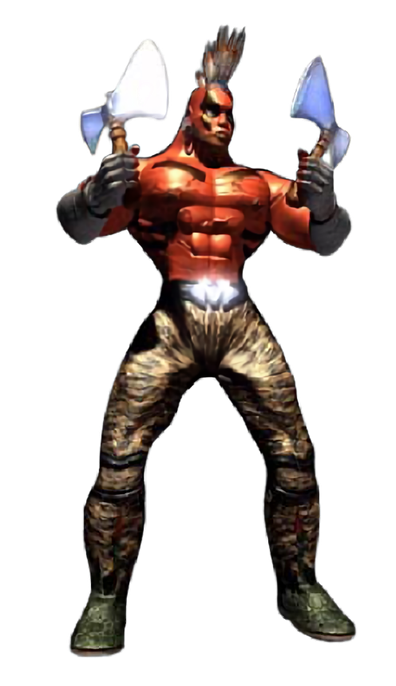
Chief Thunder was the first character I ever saw in Killer Instinct and if this article is any proof thirty years later, he definitely left a lasting impression on me.
A hulking, shirtless, tatted-up Native with a massive mohawk and an even bigger pair of tomahawks in his hands (that glowed orange-red as he hacked into his opponents) to say that Thunder was both intimidating and awe-inspiring would be an understatement.
Aside from his ripping into enemies with his tomahawks, Thunder could also shoot lightning from them. He could also jumping headbutt enemies. With his mohawk. Dude’s neck muscles and forehead bone durability must’ve been off the charts.
Which of the fighters in 1994’s Killer Instinct was your favorite? Are they still your favorite fighter today? Which fighter had the best combos? Let us know in the comments.
Fan of ’90s fighting games? Check out our look back at all the fighters from Eternal Champions.




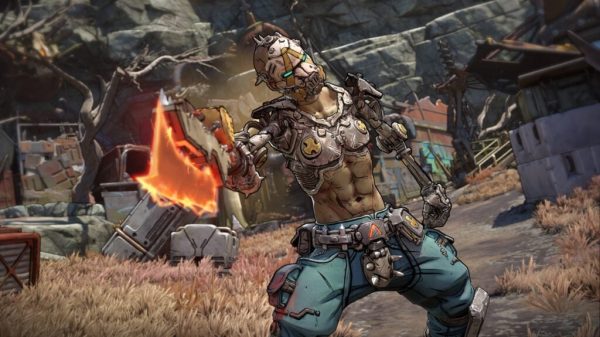

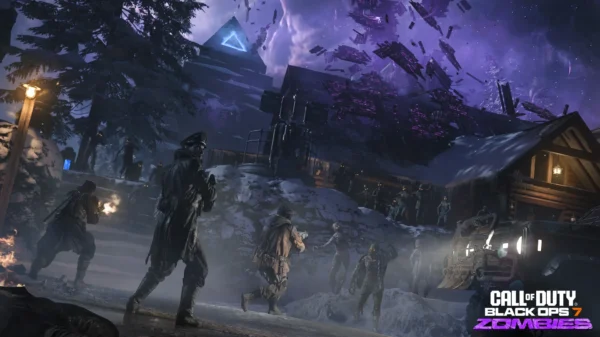
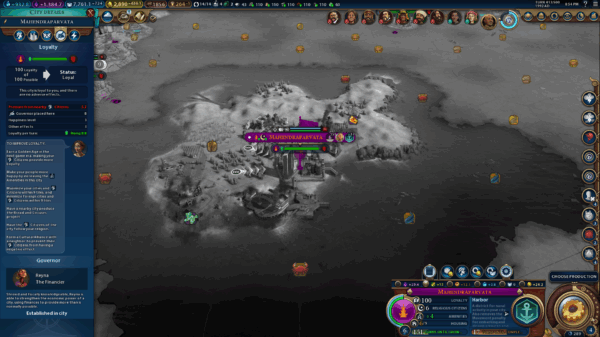
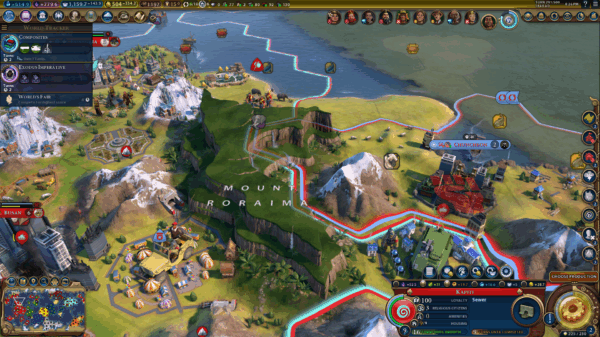

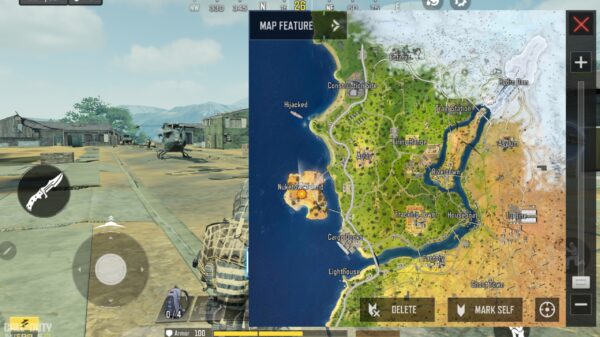
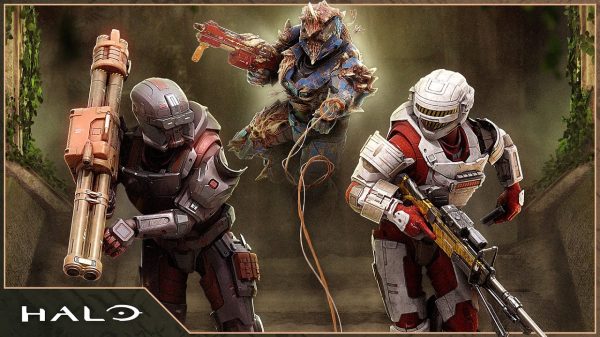
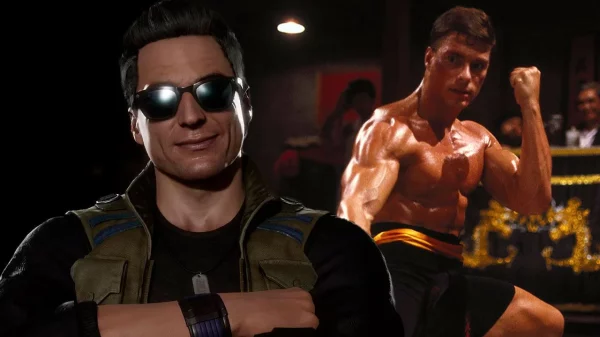
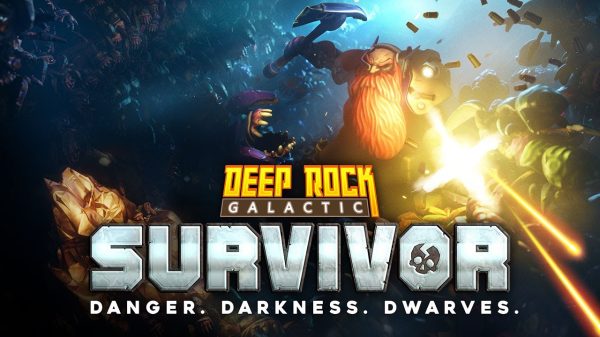
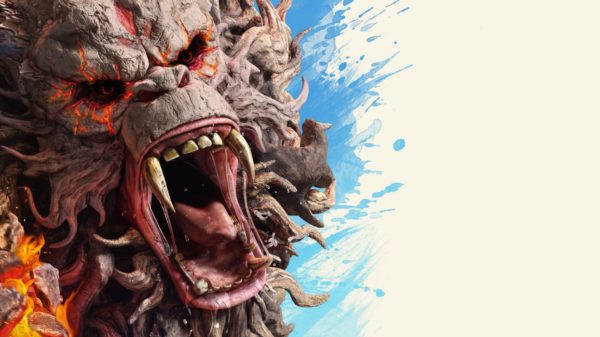
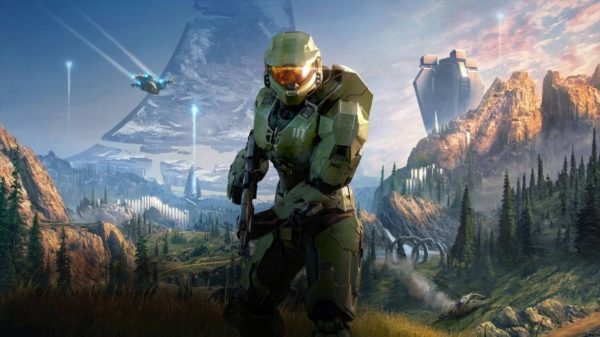
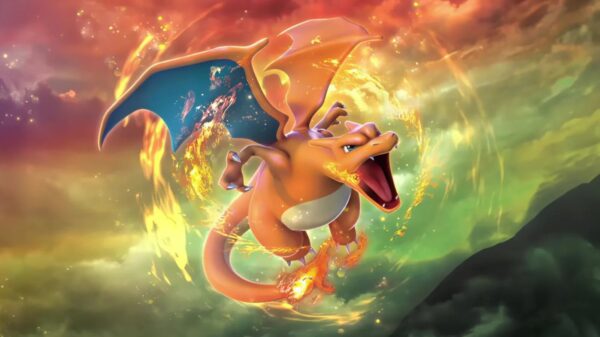
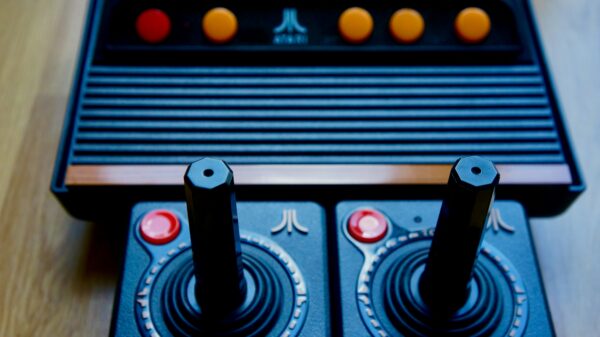
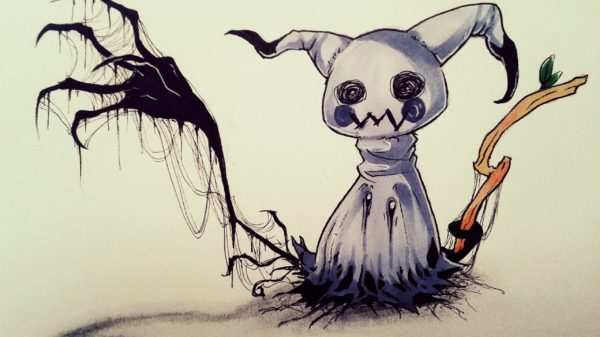

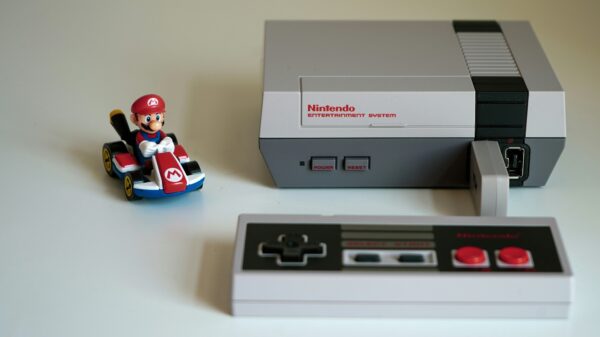
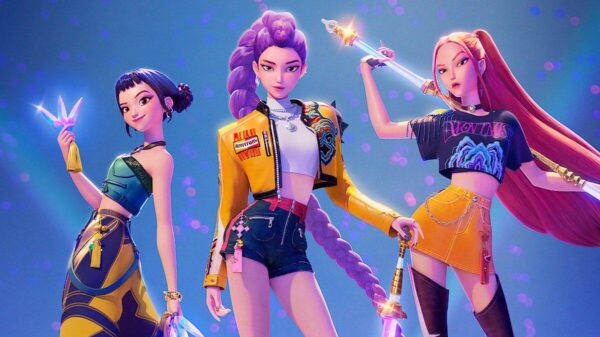
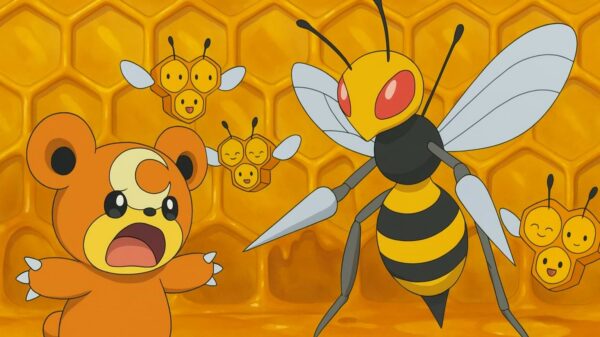
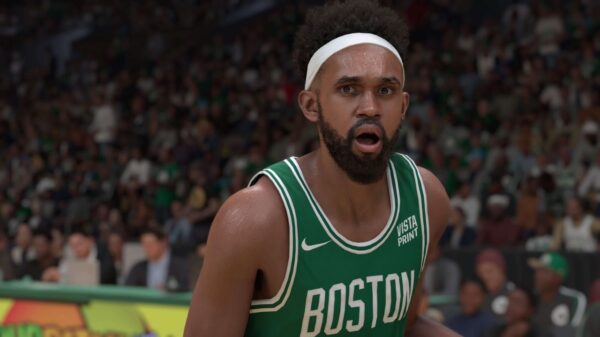
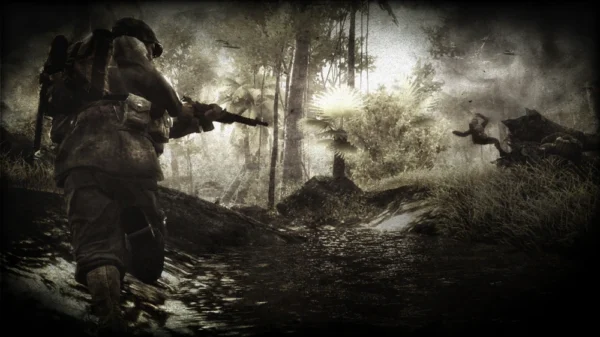
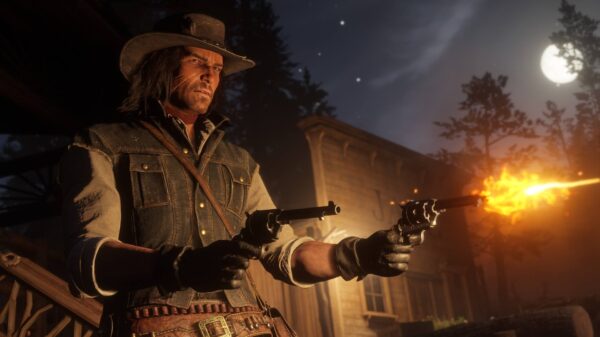
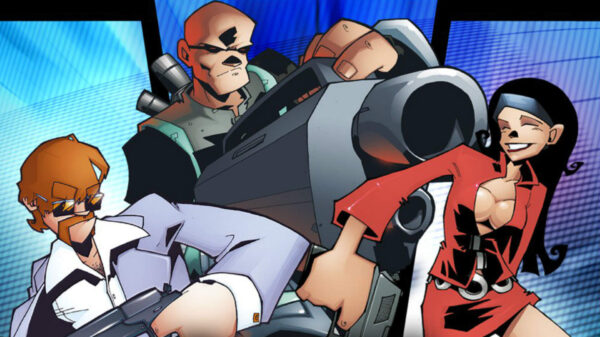

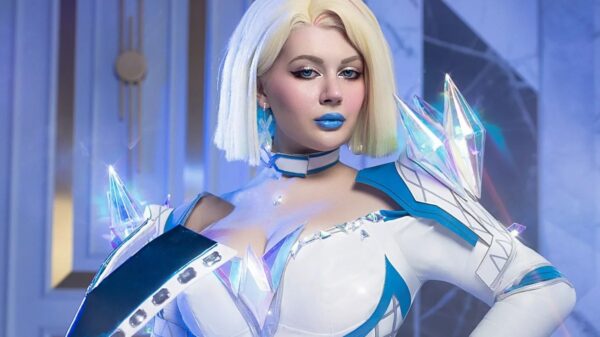
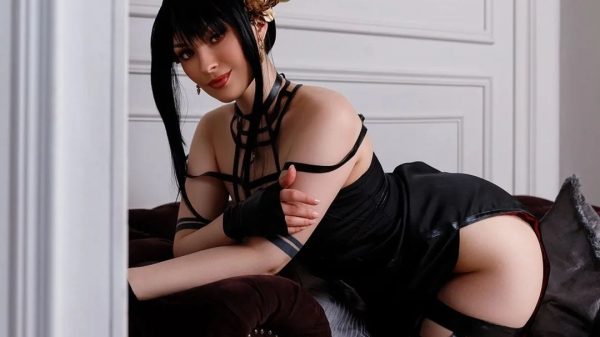
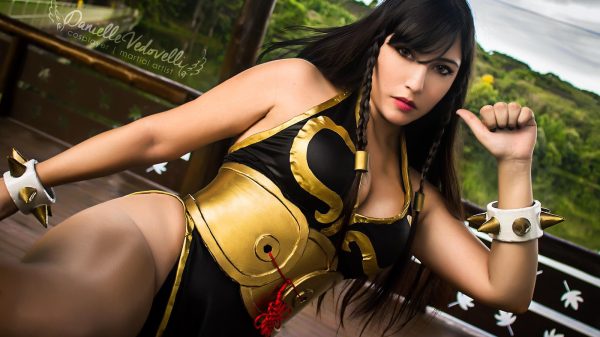
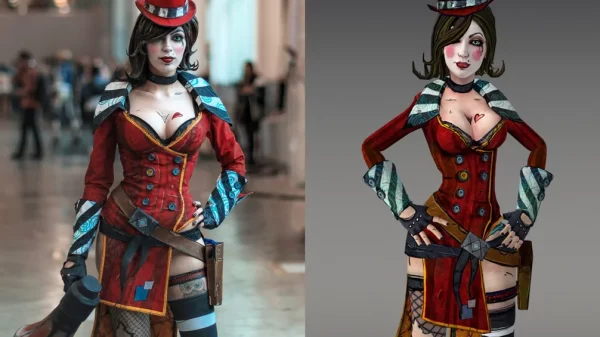





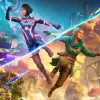


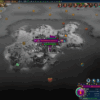





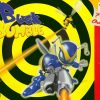
You must be logged in to post a comment Login